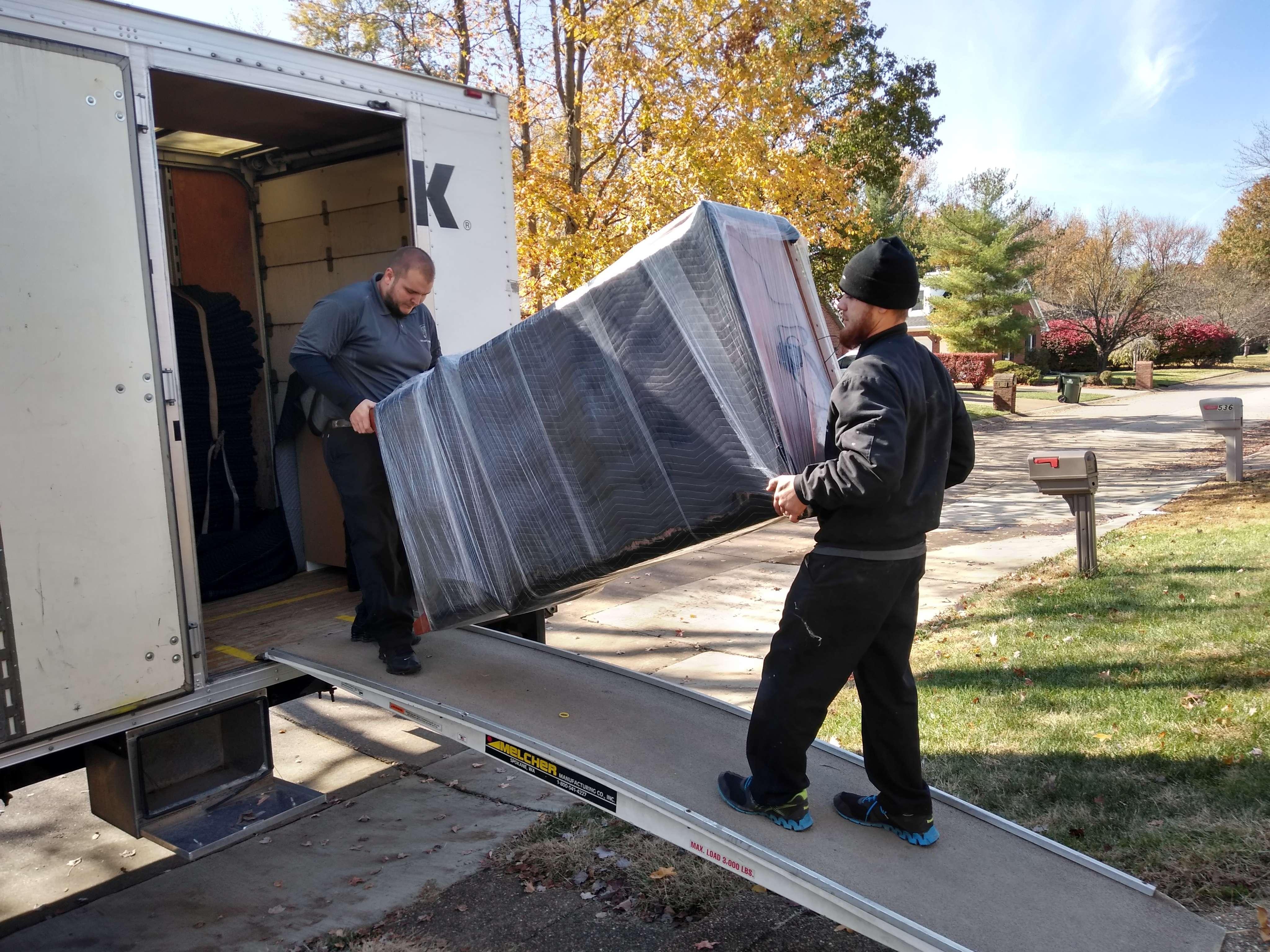Move management is a critical process for businesses and individuals alike, ensuring that relocations are executed smoothly and efficiently. Whether you’re moving offices, homes, or even data centers, effective move management can save time, reduce stress, and minimize disruptions. This comprehensive guide explores the key aspects of move management, offering actionable strategies to help you navigate the complexities of any relocation project.At its core, move management involves planning, coordinating, and executing the physical and logistical aspects of a move. It requires careful attention to detail, clear communication, and a structured approach to avoid common pitfalls. Below, we break down the essential components of successful move management.
- Planning and Preparation: The foundation of any successful move is thorough planning. Start by creating a detailed timeline that outlines all tasks, deadlines, and responsibilities. Identify key stakeholders and ensure everyone is aligned on the move’s objectives.
- Inventory Management: Take stock of all items to be moved. Categorize them based on priority, fragility, or special handling requirements. This step helps in allocating resources effectively and avoiding last-minute surprises.
- Logistics Coordination: Arrange for transportation, packing materials, and manpower well in advance. Consider factors like distance, weather, and accessibility to ensure a smooth transition.
- Communication: Keep all parties informed throughout the process. Regular updates and clear instructions can prevent misunderstandings and delays.
- Post-Move Evaluation: After the move, assess what went well and identify areas for improvement. This feedback loop is invaluable for future relocations.
For businesses, move management often involves additional layers of complexity. Office relocations, for example, require careful consideration of IT infrastructure, employee needs, and client communications. Here are some specialized tips for corporate move management:
- IT and Equipment: Ensure all technology is properly disconnected, packed, and reinstalled. Test systems before and after the move to avoid downtime.
- Employee Engagement: Involve staff in the planning process to address their concerns and foster a sense of ownership.
- Minimizing Downtime: Schedule the move during off-hours or weekends to reduce disruptions to business operations.
Residential move management, on the other hand, focuses on personal belongings and family needs. Key considerations include:
- Decluttering: Use the move as an opportunity to donate, sell, or discard items you no longer need.
- Packing Strategies: Label boxes clearly and pack essentials separately for easy access upon arrival.
- Child and Pet Care: Arrange for temporary care during the move to ensure their safety and comfort.
Technology has revolutionized move management, offering tools and software to streamline the process. From inventory apps to project management platforms, these solutions can enhance efficiency and accuracy. Some popular options include:
- Move Management Software: Platforms like MovePoint or ReloWeb provide end-to-end solutions for tracking and coordinating moves.
- Virtual Surveys: Use video calls or 3D scans to assess spaces and plan layouts before the physical move.
- Cloud-Based Documentation: Store important documents, contracts, and checklists online for easy access and collaboration.
Despite the best planning, challenges can arise during a move. Common issues include delays, damaged items, or miscommunication. Here’s how to mitigate these risks:
- Contingency Planning: Always have a backup plan for critical tasks, such as alternative transportation or extra packing materials.
- Insurance: Verify that your moving company offers adequate coverage for valuable or fragile items.
- Flexibility: Be prepared to adapt to unforeseen circumstances, such as weather changes or last-minute adjustments.
Environmental sustainability is another important aspect of modern move management. Consider these eco-friendly practices:
- Reusable Packing Materials: Opt for biodegradable or recyclable boxes and packing supplies.
- Donations: Partner with local charities to donate unwanted items instead of discarding them.
- Energy-Efficient Transportation: Choose moving companies that use fuel-efficient or electric vehicles.
In conclusion, move management is a multifaceted process that demands careful planning, coordination, and adaptability. By leveraging the right strategies and tools, you can ensure a seamless transition for any type of move. Whether you’re relocating a business or a household, the principles outlined in this guide will help you achieve a stress-free and successful move.

